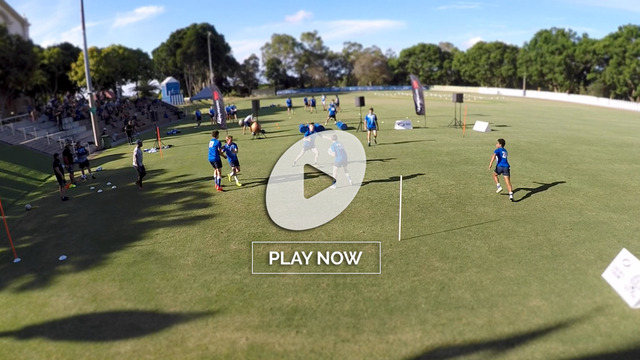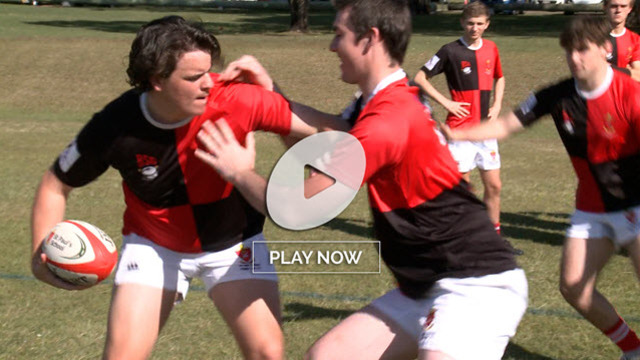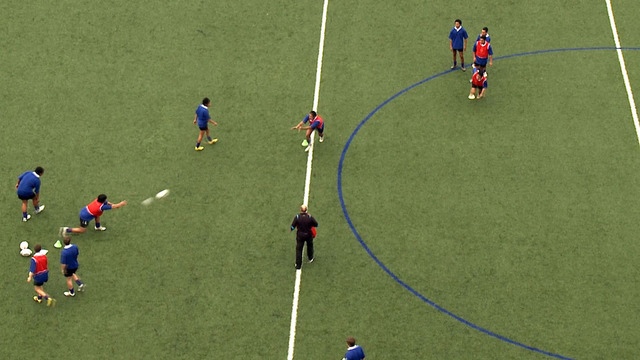The start of the Rugby Championship 2024 was accompanied by a goodly raft of experimental changes designed to increase the speed of play and develop more positive content. One of the main stipulations, which is likely to gain traction world-wide in due course, is the shielding of the attacking scrum-half from interference at ruck and maul.
To help the scrum-half play the ball cleanly, a defender who was part of a ruck or maul would not be allowed to play an opponent who is within one metre of it and attempting to play the ball.
The defending scrum-half also received some important limitations to his movement around the base of the opposing set-piece:
“[He] must take up a position with both feet no further than the centre line of the tunnel; or permanently retire to a point on the offside line either at that team’s hindmost foot, or permanently retires at least five metres behind the hindmost foot.”
These two new law-trials have already had some concrete impacts in the first two rounds of play.
New Zealand scored a try down the short-side of a lineout drive where the law-trial preventing defensive interference on the #9 played a major role:

New Zealand scrum-half T.J. Perenara is casting a beady eye on the two Argentine defenders on the edges of the maul. He knows the open-side defender “1” cannot jump him as he takes hold of the pill, and he is waiting for the short-side guard “2” to commit so that he can exploit a two-on-one in that direction:
“The guy on the side of the maul can’t make a tackle on a number 9 unless he’s run a metre outside of the maul as well. He can’t be attached and impact the play straight away.”
The second game between Australia and South Africa offered an illustration of the impact of the defensive scrum-half having to retire behind the hindmost foot rather than chase around to the base:

The defending #9 is positioned directly behind the scrum and this opens up the possibility of the number 8 pick-up under no pressure, with a 8-9-11 move down the short-side a realistic scoring option.
Summary
Both the trial-laws are very sensible moves designed to clean up the grey area around offside at scrum, ruck and maul. At scrums we may see a revival of number 8 pick-ups, and more short-side options taken at ruck and maul with the boundary between ‘rucker’ and ‘defender’ more clearly defined.
Watch Sam Cordingly’s Attack off 9 video series on how to create a short side attack off 9.












.jpg)

.jpg)







